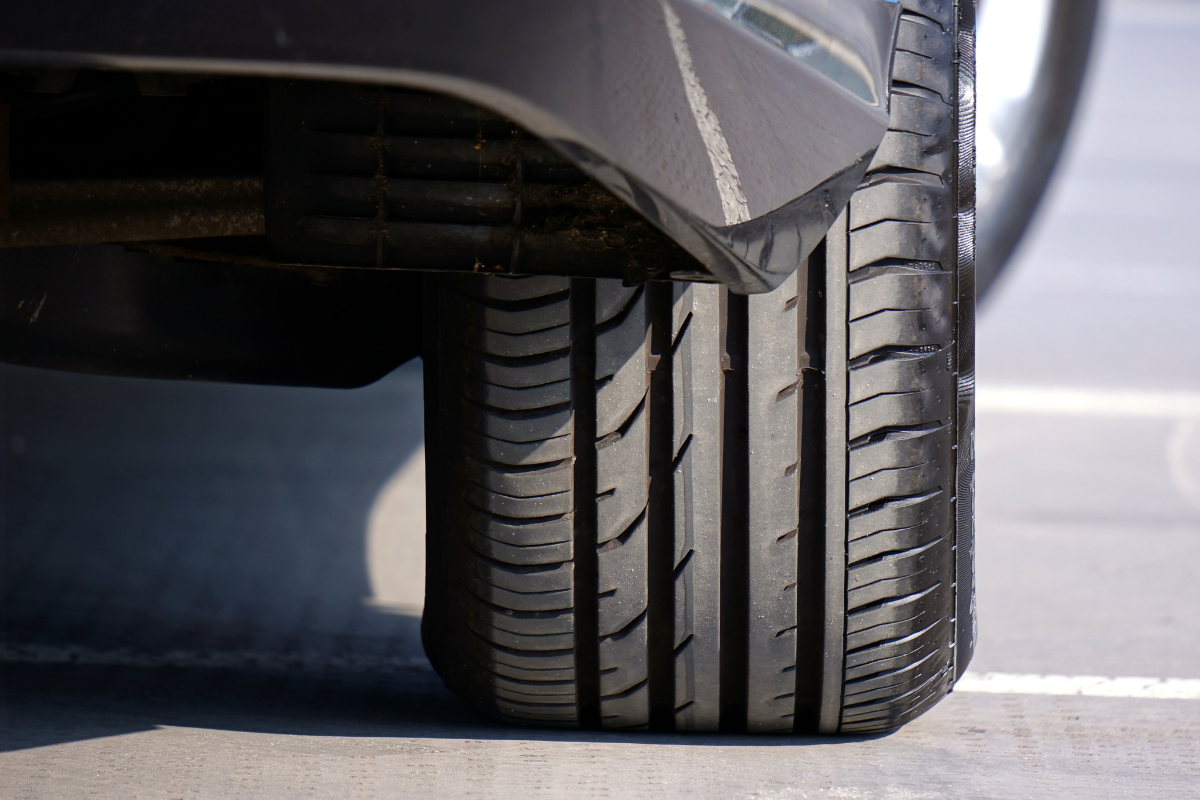Taking good care of your car tyres is essential for the overall health of your car. Whether you drive a family sedan, a truck, or a sports car, ensuring that your tyres are in top condition will keep you safe and save you money. Let’s take a closer look at how to get the most out of your vehicle’s tyres.
Properly Inflated Tyres
Having properly inflated tyres can improve performance and fuel efficiency—and it’s also safer. Improperly inflated tyres can cause blowouts and increase the likelihood of an accident. A tyre pressure gauge is an inexpensive tool that can help you maintain the recommended tyre pressure for your car. It’s important to check each tyre on all four sides every time you fill up your tank. You should also remember to check them before heading out on long road trips.
Rotate & Balance Your Tyres Regularly
Rotating and balancing your tyres regularly will ensure even wear across all four tyres and help them last longer. If one or more of your tyres is wearing faster than the others, it may be time to have them rotated and balanced by a professional mechanic to ensure they are in good condition and running smoothly. If you’re short on cash, there are plenty of DIY rotation kits available online that can help you rotate your own tyres safely and efficiently.
Align Your Wheels Regularly
Regular wheel alignment ensures that all four wheels remain parallel with each other while driving straight ahead, which helps them wear evenly over time and decreases the chances of experiencing a blowout or skidding off the road due to uneven wear patterns on one side of the tyre. Aligning your wheels should be done every 10-12 months depending on how often you drive, so make sure to keep track of when it was last done!
Examine Tread Depth
Your car’s tyres need to have enough tread depth so that they can effectively grip the road surface in wet conditions as well as dry ones. To check your tyre’s tread depth, use a tread depth gauge or simply insert a coin into one of the grooves on the tyre; if part of the coin is visible then the tyre has insufficient tread depth and needs replacing. The minimum legal requirement for tread depth is 1.6mm across three-quarters of each tyre’s circumference; however, manufacturers recommend that you replace them once they reach 3mm in order to ensure maximum safety and performance when driving.
Properly maintaining your vehicle’s tyres is essential for its optimal performance—not just from an efficiency standpoint but from a safety perspective as well. Following these simple tips will help keep you safe on the road while ensuring that your tyres stay in top condition for years to come! So make sure to check their inflation levels regularly, rotate and balance them periodically, and have them aligned every year or so—your car (and wallet) will thank you later!



